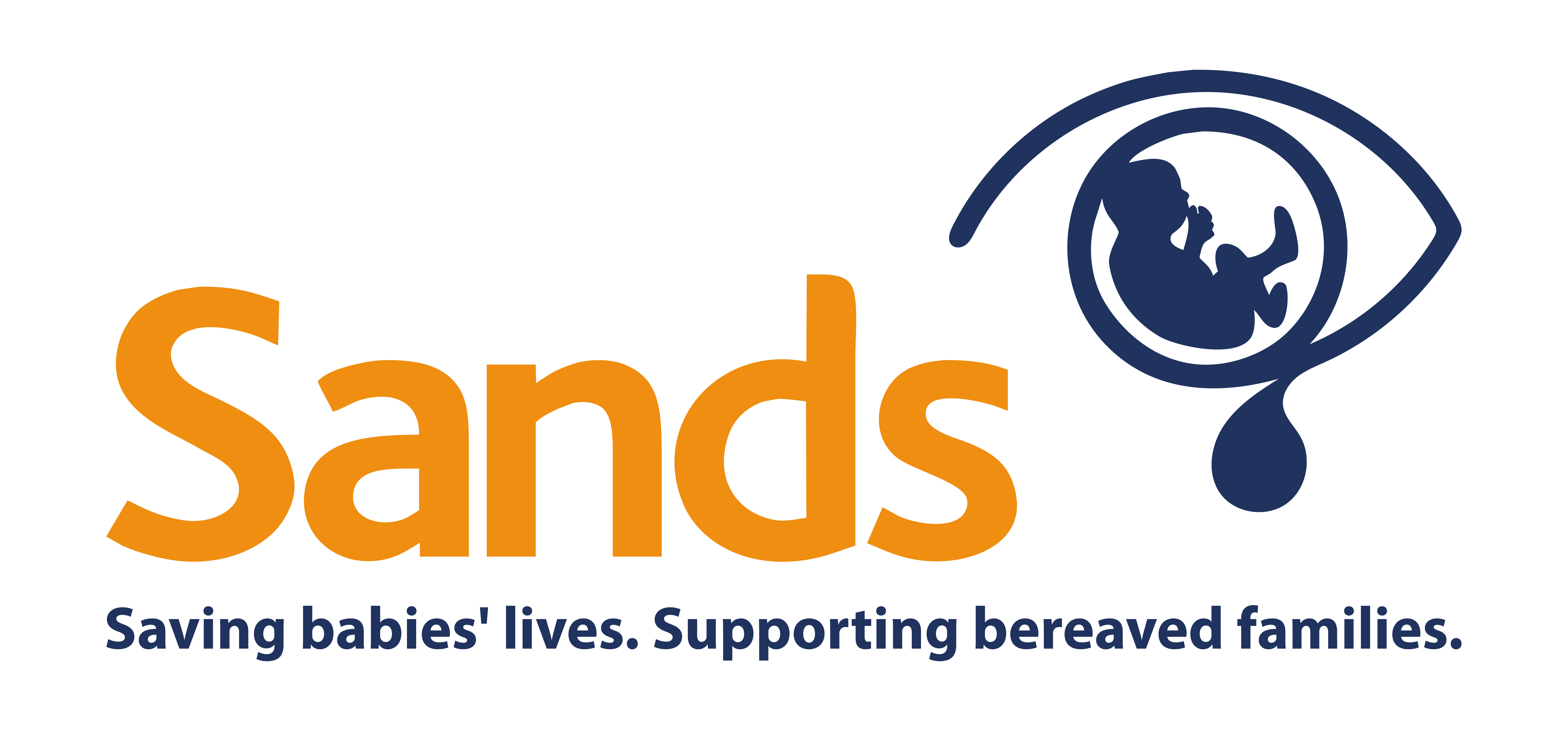MiNESS – The Midlands and North of England Stillbirth Study
What is the aim of this study?
MiNESS is the fourth and largest study to compare the sleeping habits of women in late pregnancy (after 28 weeks) who had a stillborn baby with women at the same stage in pregnancy who went on to have a healthy baby. It was designed to build on earlier studies that suggested a link between the position women went to sleep in and risk of stillbirth.
Why is this important?
There are many causes of stillbirth. Some are linked with the development and health of the baby. Others are linked to the health of the mum, or the placenta. And many are a combination of these. Sands supports important research trying to unravel these causes. But in the meantime, women want to know what steps they can take to have a safer pregnancy.
What happened in the study?
The researchers interviewed 291 women who had a stillbirth and 733 women who had a live born baby from 41 UK maternity units. Women who had a stillbirth were interviewed as soon as was sensitively practical. Women who had a live birth were interviewed at the same time in pregnancy as the stillbirths occurred. Mothers of twins or babies with major abnormalities who died were not included in the study.
What did the study find?
Women who went to sleep on their back had at least twice the risk of stillbirth compared with women who went to sleep on their side (after 28 weeks of pregnancy). The risk was not changed by the:
- length of pregnancy (after 28 weeks)
- size of baby
- mother’s weight.
What do the researchers say about these results?
This is the largest of four similar studies which have all shown the same link between the position that a woman goes to sleep in and stillbirth after 28 weeks of pregnancy. From the MiNESS results, it looks like around four stillbirths in every 100 are linked with going to sleep lying on the back.
Women should not get anxious if they wake up on their back. MiNESS shows that it’s the position a woman goes to sleep in that is important. Other research has shown that the position you go to sleep in is the one that you spend most time in while asleep.
What’s next?
The link is clear, so pregnant women can now be advised to go to sleep on their side rather than on their back. Sands’ site for pregnant women, www.saferpregnancy.org.uk, carries this information.
Further studies are needed to see whether women can easily change their sleep position in late pregnancy and whether changing the position that a woman goes to sleep in reduces stillbirth. Research is also needed to find out why spending a long time lying on the back puts babies at risk.
A follow-up study, published in 2023, analysed the data from the MiNESS research to see if there was any link between levels of air pollution and risk of stillbirth across the regions studied, particularly Manchester, Birmingham and Leeds. This study concluded that the levels of air pollution in each area, which were all within the recommended levels, did not increase the risk of stillbirth.
Currently, the MiNESS 20-28 research study, supported by Sands, is extending this work by exploring sleep habits and wider social factors for women who experienced stillbirth or the death of a baby shortly after birth between 20-28 weeks gestation.
Who did the research?
Professor Alexander Heazell, based at the University of Manchester and St Mary’s Hospital, Manchester, led the study, with Research Midwife Jayne Budd. Other researchers were Dr Tomasina Stacey at Dewsbury Hospital, Yorkshire, Dr Bill Martin at Birmingham Women’s Hospital and Dr Devender Roberts at Liverpool Women’s Hospital. Professor Ed Mitchell and Professor Lesley McCowan at the University of Auckland, New Zealand, were also in the research team; they, together with Dr Stacey, carried out some of the earlier work.
Funding
The study was funded through a partnership between Sands, Action Medical Research, Cure Kids and Tommy’s. Sands contributed £50,000 to the overall funding.
Research papers
Heazell, A., Budd, J., Smith, L., Li, M., Cronin, R., Bradford, B., McCowan, L., Mitchell, E., Stacey, T., Roberts, D. and Thompson, J., 2020. Associations between social and behavioural factors and the risk of late stillbirth – findings from the Midland and North of England Stillbirth case‐control study. BJOG: An International Journal of Obstetrics & Gynaecology,.
Stacey, T., Tennant, P., McCowan, L., Mitchell, E., Budd, J., Li, M., Thompson, J., Martin, B., Roberts, D. and Heazell, A., 2019. Gestational diabetes and the risk of late stillbirth: a case–control study from England, UK. BJOG: An International Journal of Obstetrics & Gynaecology,.
Heazell, A., Li, M., Budd, J., Thompson, J., Stacey, T., Cronin, R., Martin, B., Roberts, D., Mitchell, E. and McCowan, L., 2017. Association between maternal sleep practices and late stillbirth - findings from a stillbirth case-control study. BJOG: An International Journal of Obstetrics & Gynaecology, 125(2), pp.254-262.
Other Studies
Stacey T, Thompson JM, Mitchell EA et al (2011) Association between maternal sleep practices and risk of late stillbirth: a case-control study. BMJ 2011;342:d3403. Available from http://www.bmj.com/content/342/bmj.d3403 (last accessed 15 Nov 2017)
Gordon A, Raynes-Greenow C, Bond D et al (2015) Sleep position, fetal growth restriction, and late-pregnancy stillbirth: the Sydney stillbirth study. Obstet Gynecol 2015;125:347–55. Available from http://journals.lww.com/greenjournal/Fulltext/2015/02000/Sleep_Position,_Fetal_Growth_Restriction,_and.10.aspx (last accessed 15 Nov 2017)
McCowan LME, Thompson JMD, Cronin RS et al (2017) Going to sleep in the supine position is a modifiable risk factor for late pregnancy stillbirth; Findings from the New Zealand multicentre stillbirth case-control study. PLOS One. Available from https://doi.org/10.1371/journal.pone.0179396 (last accessed 15 Nov 2017)
